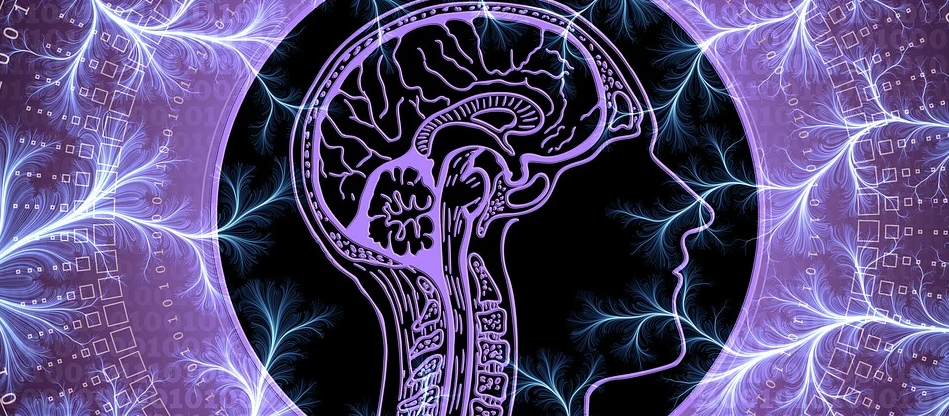
Neurolinguistics is the study of how language is processed in the brain.
It involves understanding the neurological and cognitive mechanisms that underlie language comprehension, production, and acquisition. The way we use language has a significant impact on how our brain processes it, and it activates different regions of the brain depending on the type of language used.
Two halves make us Whole
The brain is divided into two hemispheres, the left and the right. The left hemisphere is responsible for logical and analytical thinking, while the right hemisphere is responsible for emotional and creative processing. This division of labor is not absolute, and both hemispheres work together to support various functions. However, studies have shown that the left hemisphere is more involved in language processing than the right hemisphere.
Different Parts for Different Functions
When we use language, different regions of the brain are activated depending on the type of language used.
For example, when we use language to describe logical and analytical concepts, such as mathematical equations or scientific theories, the left hemisphere of the brain is activated. This is because the left hemisphere is responsible for logical reasoning and problem-solving.
In contrast, when we use language to describe emotional experiences, such as love, joy, or sadness, the right hemisphere of the brain is more active. This is because the right hemisphere is responsible for processing emotional information and experiences. The use of emotional language activates the amygdala, a region of the brain that is involved in emotional processing.
Racism and Stereotypes have a home in our brain too.
The way we use language also affects our perception of the world. For example, when we use language that is biased or prejudiced, it can activate negative stereotypes and reinforce negative attitudes. Similarly, when we use language that is positive and affirming, it can activate positive associations and reinforce positive attitudes.
Pretty Cool Stuff
Neurolinguistics is a fascinating field of study that sheds light on how our brains process language. The use of language activates different regions of the brain depending on the type of language used, and it can affect our perception of the world. By understanding the way our brains process language, we can learn to use language more effectively and positively impact the way we think and feel.
Question to Ponder…
Do you think meanings of words active different regions even if they are said the same but in a different language?
Example:
Word Language 1 Meaning
fart Polish Good Luck
fart Swedish Speed
fart English Emit Gas or pass time

